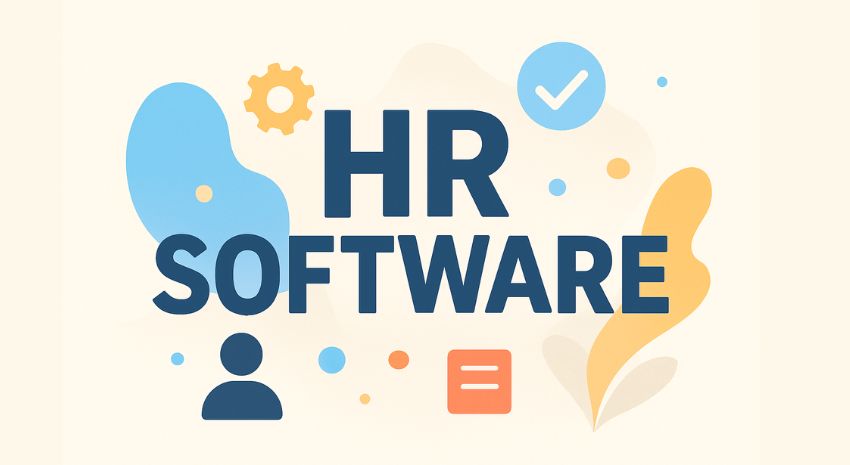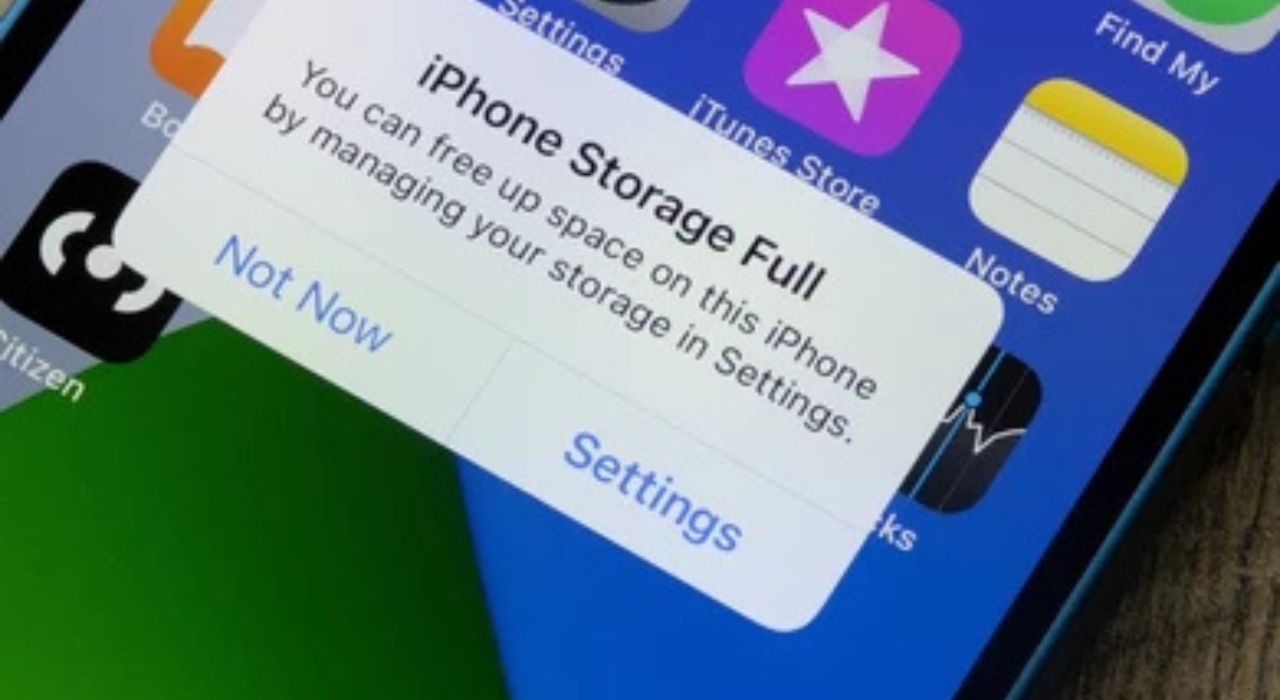
HR Software: The Complete Guide for Modern Businesses
Managing people is at the heart of every successful business. But as companies grow, handling recruitment, payroll, performance reviews, and compliance manually can quickly become overwhelming. This is where HR software steps in.
HR software is no longer just a nice-to-have tool—it’s a must-have for businesses that want to stay efficient, compliant, and competitive. From automating routine tasks to offering strategic insights through data, HR software empowers organizations to focus on what matters most: their people.
In this guide, we’ll break down everything you need to know about HR software, including features, types, benefits, and the best tools available in 2025.
What is HR Software?
At its core, HR software is a digital platform designed to streamline and automate human resource management processes. Instead of juggling spreadsheets and paperwork, businesses can manage employee information, payroll, performance, and compliance in one centralized system.
Key Functions of HR Software:
- Employee data management
- Recruitment and onboarding
- Payroll and benefits administration
- Time and attendance tracking
- Training and performance reviews
- Compliance and reporting
Quick Note: Terms like HRIS (Human Resource Information System), HRMS (Human Resource Management System), and HCM (Human Capital Management) are often used interchangeably with HR software, though each has slightly different scopes (explained later).
Why Businesses Need HR Software
Running HR manually is time-consuming and error-prone. For example, a payroll error can frustrate employees and expose companies to compliance risks. HR software eliminates these pain points while offering long-term benefits.
Benefits of HR Software:
- Efficiency: Automates repetitive tasks like payroll and attendance tracking.
- Accuracy: Reduces human error in recordkeeping and compliance.
- Compliance: Keeps businesses aligned with labor laws and tax regulations.
- Data-driven decisions: Offers analytics on turnover, hiring trends, and employee engagement.
- Employee satisfaction: Self-service portals give employees access to their data, reducing HR bottlenecks.
Whether you’re a small business trying to manage 20 employees or a large enterprise with thousands of staff worldwide, HR software adapts to your scale.
Key Features to Look For in HR Software
When evaluating HR software, consider the features that will add the most value to your organization.
- Payroll & Benefits Management: Automates salary processing, deductions, and benefits tracking.
- Recruitment & Onboarding: Streamlines job postings, applicant tracking, and smooth onboarding.
- Time & Attendance Tracking: Monitors shifts, absences, and remote work.
- Performance Management: Enables goal setting, feedback, and appraisals.
- Compliance & Reporting: Ensures adherence to labor laws, tax regulations, and data privacy standards.
- Employee Self-Service Portals: Empowers employees to update information, request leave, and access documents.
Tip: A user-friendly dashboard and mobile access are also crucial for today’s distributed workforce.
Types of HR Software
1. HRIS (Human Resource Information System)
Primarily focused on storing employee data, payroll, and compliance. Ideal for companies that need record-keeping and reporting.
2. HRMS (Human Resource Management System)
Includes HRIS functions plus talent management, recruitment, and performance evaluation. More comprehensive and suitable for mid-sized to large businesses.
3. HCM (Human Capital Management)
Goes beyond administration and management to include workforce planning, learning, and strategic HR. Often adopted by enterprises looking for long-term workforce optimization.
4. Standalone vs. All-in-One Solutions
- Standalone tools specialize in one function (e.g., payroll only).
- All-in-One platforms integrate multiple functions in a single dashboard.
Top HR Software in 2025
Choosing the right tool depends on your company size, needs, and budget. Here are some of the best HR software platforms in 2025:
1. BambooHR
- Best for: Small to mid-sized businesses
- Highlights: Employee records, onboarding, performance management, easy-to-use interface
- Price Range: Starts around $6–$8 per employee/month
2. Zoho People
- Best for: Budget-friendly HR solution
- Highlights: Time tracking, attendance, performance reviews, integration with Zoho ecosystem
- Price Range: $1.50–$5 per employee/month
3. Workday
- Best for: Large enterprises
- Highlights: HCM focus, workforce planning, analytics, AI-driven insights
- Price Range: Enterprise-level pricing
4. Gusto
- Best for: Payroll-centric HR management
- Highlights: Payroll automation, tax compliance, benefits management
- Price Range: $40 base + $6 per employee/month
5. SAP SuccessFactors
- Best for: Global organizations
- Highlights: Talent management, learning, employee experience platform
- Price Range: Premium enterprise pricing
How to Choose the Right HR Software
Picking the right HR solution requires evaluating your business needs and priorities.
Factors to consider:
- Business size: Small businesses may prefer simple, affordable tools, while large enterprises need advanced analytics.
- Deployment: Cloud-based solutions offer flexibility; on-premise systems provide control.
- Budget: Costs range from $2–$10 per employee/month for SMB tools to thousands for enterprise systems.
- Integration: Check compatibility with payroll, accounting, or collaboration tools.
- Scalability: Ensure the software grows with your workforce.
- Support: 24/7 customer service and training resources are a big plus.
Future of HR Software
The HR tech landscape is rapidly evolving. Here’s what to expect:
- AI and Automation: From candidate screening to chatbot-driven employee support.
- Predictive Analytics: Forecasting turnover, performance, and workforce needs.
- Employee Experience Platforms: Focus on engagement, well-being, and personalization.
- Remote Work Integration: Tools designed for hybrid and global teams.
Businesses that adopt modern HR software early gain a competitive advantage by attracting and retaining top talent.
Conclusion
HR software has become an essential tool for modern businesses. Whether you’re a startup hiring your first few employees or a multinational managing thousands, the right HR solution saves time, reduces errors, and boosts employee satisfaction.
By understanding the features, types, and leading tools in 2025, you’ll be better equipped to choose a solution that aligns with your company’s needs and future growth.
Start evaluating HR software today and take the first step toward building a more efficient, employee-focused workplace.
FAQs
1. What is the difference between HRIS and HRMS?
HRIS focuses on data and compliance, while HRMS includes talent management and performance features.
2. Is HR software good for small businesses?
Yes—tools like Zoho People and BambooHR are designed for SMBs and are affordable.
3. How much does HR software cost?
Pricing starts as low as $2 per employee/month for SMB tools, while enterprise platforms like Workday or SAP may cost thousands annually.


